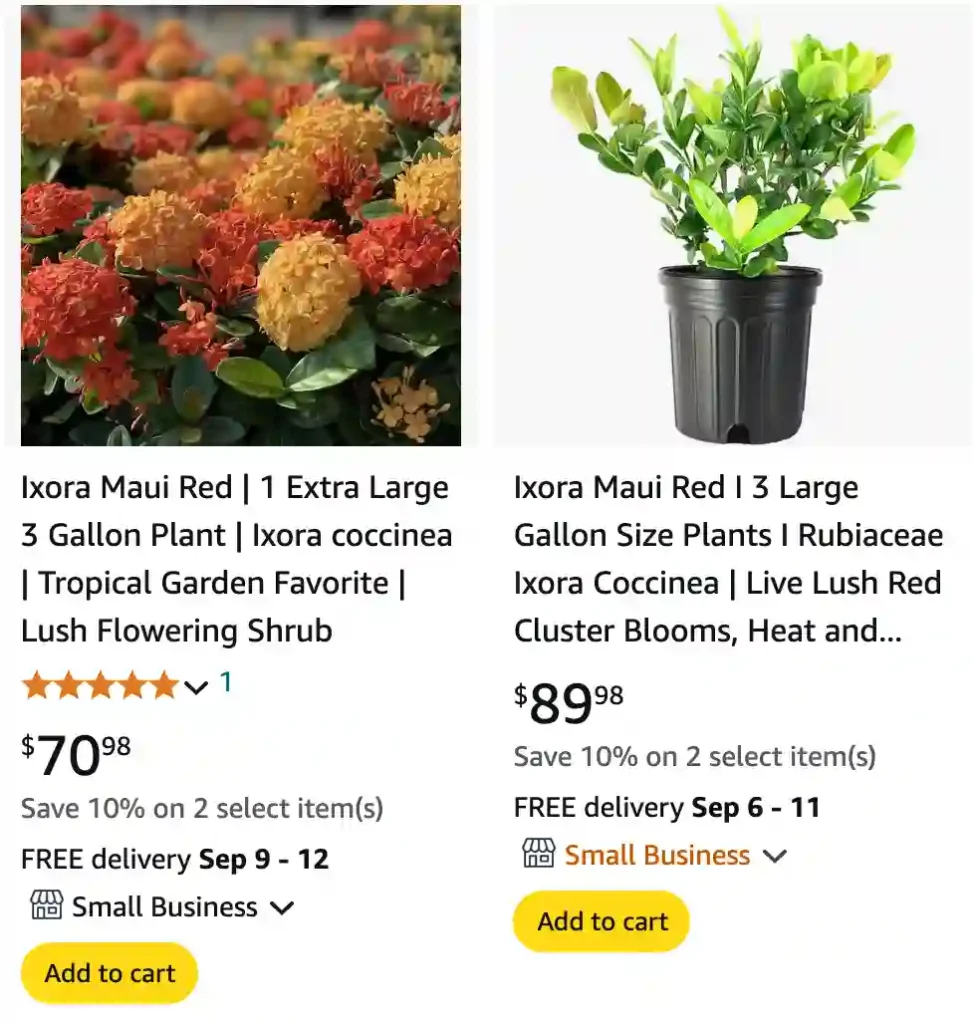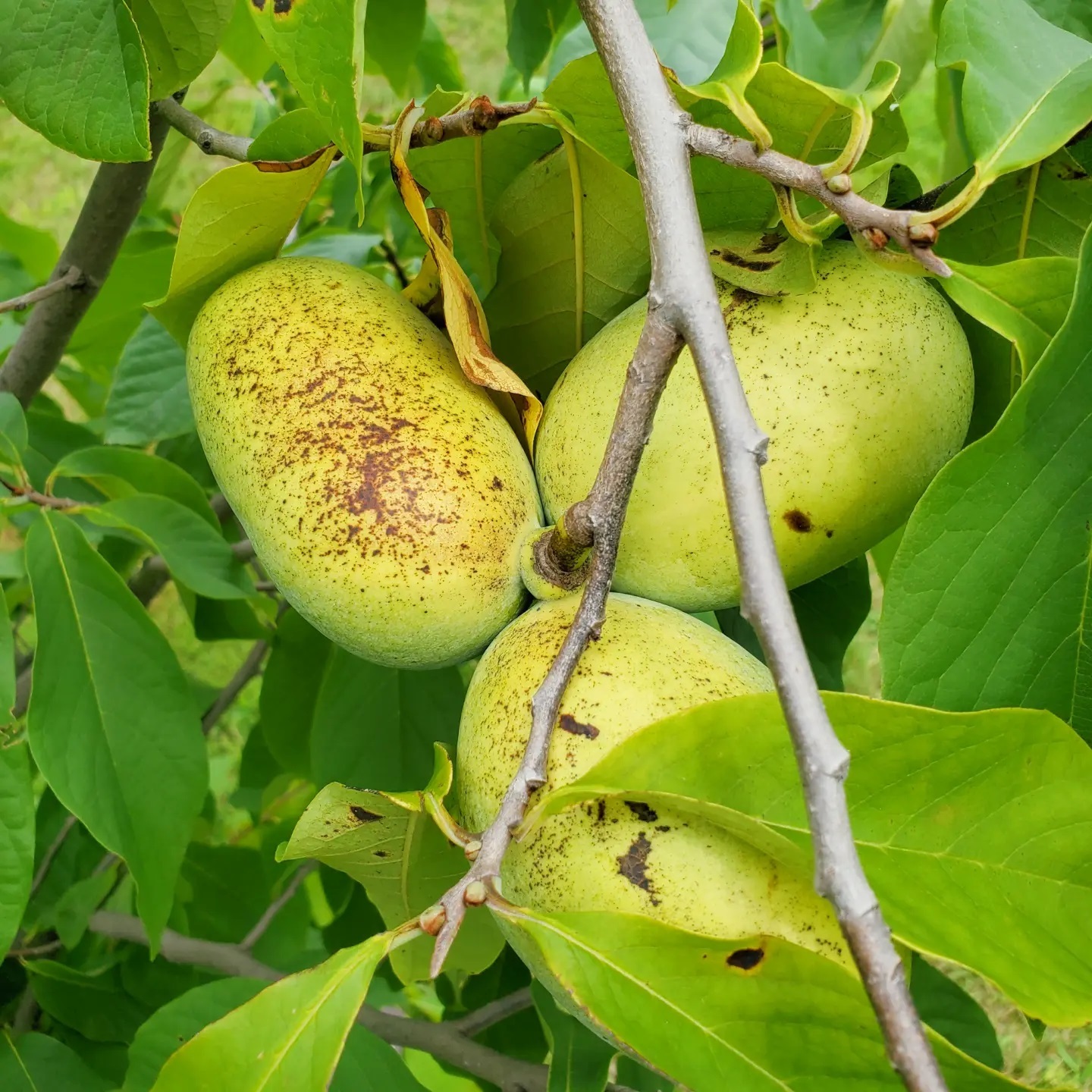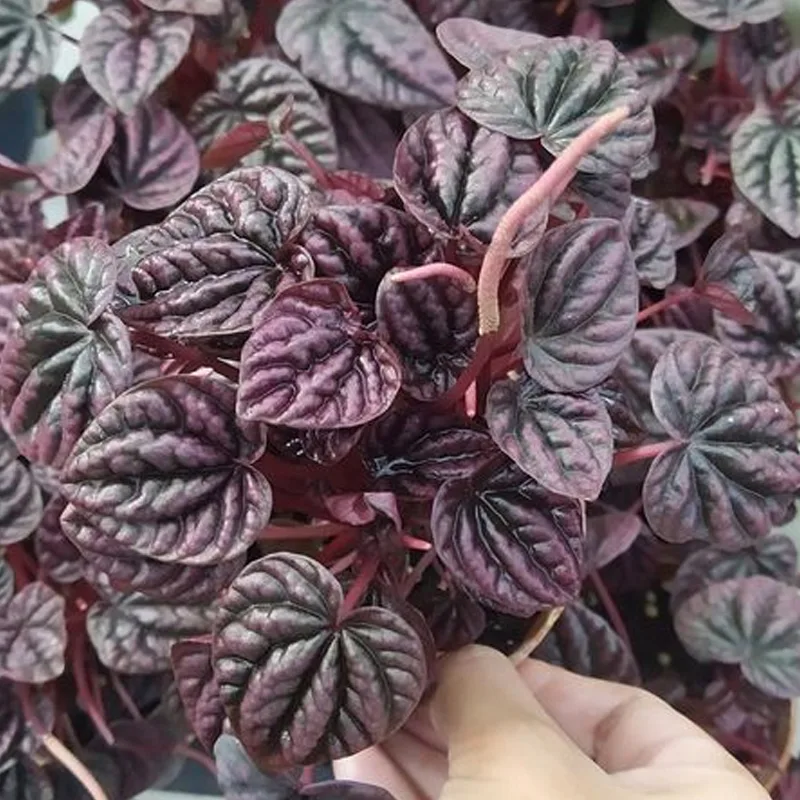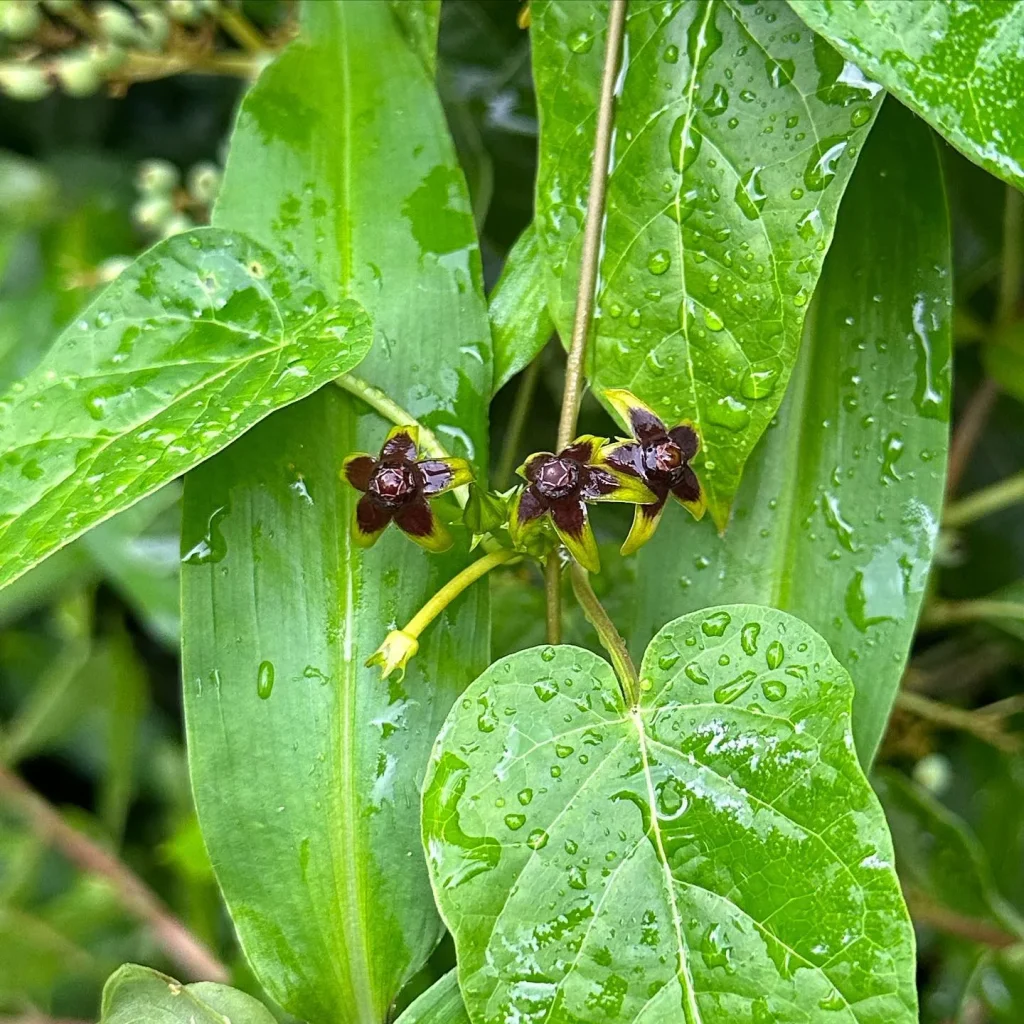
What is Ixora Coccinea?
Ixora Coccinea, commonly known as the Jungle Flame or Flame of the Woods, is a vibrant, tropical shrub that stands out in any garden with its clusters of bright red, orange, or pink flowers. Originating from tropical and subtropical regions, it thrives in warm climates and is appreciated for its dense foliage and colorful blooms. This plant is part of the Rubiaceae family and is often used in landscaping for its ornamental value.
556 Species in Genus Ixora
Can Ixora Coccinea Handle Arizona Sun?
Ixora Coccinea is well-suited to hot climates, making it a potential candidate for Arizona gardens. It prefers full sun to partial shade, so the intense Arizona sun can be handled well, provided the plant receives adequate water. In extremely hot conditions, some protection from the harsh midday sun can help prevent leaf burn. Regular watering and mulching can also help the plant thrive under these conditions.
How to Pronounce Ixora Coccinea?
Pronouncing Ixora Coccinea might seem tricky at first, but it’s quite straightforward once you break it down. It’s pronounced as “iks-OR-uh kok-SIN-ee-uh.” Emphasize the “OR” in Ixora and the “SIN” in Coccinea for clarity.
Is Ixora Coccinea Poisonous?
Ixora Coccinea is not considered highly toxic to humans or pets. While it’s always wise to avoid ingestion of any non-food plant material, Ixora Coccinea is relatively safe compared to other ornamental plants. However, some people may experience mild digestive upset if large quantities are ingested. As with any plant, keeping it out of reach of small children and pets is a good practice.
How to Dissect Ixora Coccinea?
Dissecting Ixora Coccinea usually refers to the process of carefully examining or separating its parts for study or propagation. To do this, start by wearing gloves and using clean, sharp tools. You may want to cut back some stems or remove a few leaves to examine the plant’s structure or health. Be cautious not to damage the plant unnecessarily. If you’re interested in propagation, cuttings should be taken from healthy, non-flowering stems and treated with rooting hormone before planting.
Ixora Coccinea vs Ixora Chinensis
Ixora Coccinea and Ixora Chinensis are two similar but distinct species. Ixora Coccinea is known for its larger, more vibrant flowers and generally grows into a larger shrub. Ixora Chinensis, on the other hand, tends to be smaller with more delicate flowers, often found in a range of colors including pink and white. Both species are popular in tropical landscaping but may differ in their size and the intensity of their blooms.
Ixora Coccinea vs Dwarf Ixora
When comparing Ixora Coccinea with Dwarf Ixora, the key differences lie in size and growth habit. Ixora Coccinea is a larger shrub, often reaching heights of 4 to 6 feet, while Dwarf Ixora, as the name suggests, remains much smaller, typically growing to about 2 to 3 feet in height. The Dwarf variety is ideal for smaller gardens or container planting, whereas the larger Ixora Coccinea is suited for more expansive garden beds.
How to Care for Ixora Coccinea?
Caring for Ixora Coccinea involves a few essential practices. Ensure it receives ample sunlight—ideally, 4 to 6 hours a day. Water the plant regularly, especially during dry spells, but avoid overwatering which can lead to root rot. Well-drained soil is crucial for its health. Fertilize monthly during the growing season with a balanced fertilizer to promote lush foliage and vibrant blooms. Pruning can help maintain its shape and encourage new growth.
How to Propagate Ixora Coccinea?
Propagation of Ixora Coccinea is commonly done through stem cuttings. Take cuttings from healthy, non-flowering stems about 4 to 6 inches long. Remove the lower leaves and dip the cut end in rooting hormone. Plant the cutting in a well-draining potting mix and keep it moist. Place the pot in a warm, bright location but out of direct sunlight. With patience, roots will develop, and new plants can be transplanted.
What to Plant with Ixora Coccinea?
Ixora Coccinea pairs well with other tropical plants that thrive in similar conditions. Consider planting it alongside plants like Bougainvillea, Hibiscus, or Bird of Paradise to create a vibrant and colorful garden. These companion plants not only complement the Ixora’s bright blooms but also share similar care requirements.
Can You Grow Ixora Coccinea Indoors?
Growing Ixora Coccinea indoors can be challenging due to its need for ample sunlight. If you have a bright, sunny spot in your home, such as a south-facing window, it may thrive. Ensure the plant receives at least 4 to 6 hours of direct sunlight each day. Indoor plants may require more frequent watering and attention to humidity levels compared to outdoor plants.
Common Problems with Ixora Coccinea
Ixora Coccinea can face several common issues. Pests like aphids and spider mites might attack the plant, leading to yellowing leaves or stunted growth. Fungal diseases, such as powdery mildew, can also be a concern in overly humid conditions. Regular inspection and prompt treatment with appropriate insecticides or fungicides can help manage these problems.
By understanding these aspects of Ixora Coccinea, you can ensure it thrives and adds beauty to your garden or home.
If i die, water my plants!



